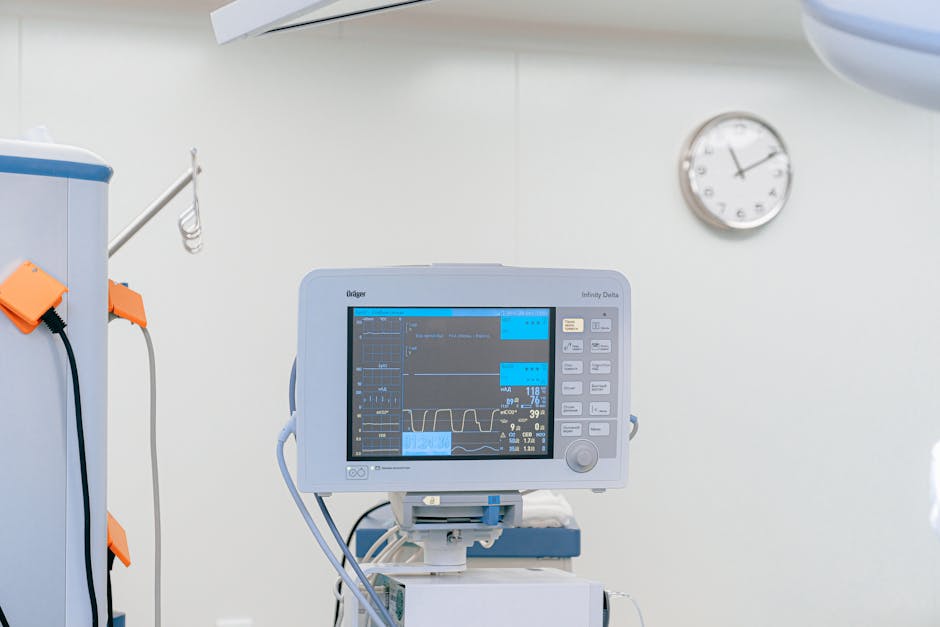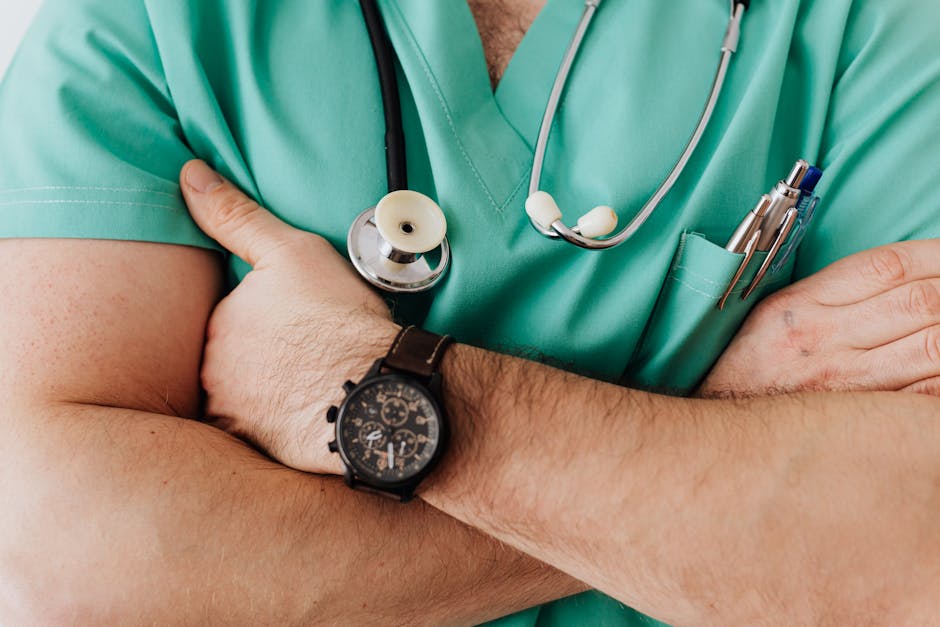Trauma Shears Meaning: What Are They and How to Use Them?
In the world of medical and emergency response, the term "trauma shears" goes beyond just a pair of scissors. When considering the meaning of trauma shears, it's essential to acknowledge their pivotal role in life-saving scenarios. Designed for precision and durability, trauma shears are crafted to make swift and reliable cuts through a variety of materials, ranging from clothing to seatbelts, that might hinder access to an injury. This capability makes them indispensable tools for healthcare professionals, EMTs, and tactical teams.
Unlike ordinary scissors, trauma shears feature a unique angled blade design, which allows for easier maneuverability and safer, more efficient cutting close to the skin. The blunted tip further ensures that they can be used with minimal risk of accidental injury to the patient. Moreover, these shears are typically constructed from high-grade stainless steel, enhancing their ability to withstand the rigors of emergency use and frequent sterilization.
Understanding the meaning of trauma shears also involves recognizing their symbolic representation of preparedness and efficiency in critical situations. Whether on the battlefield, in the ambulance, or within the hospital, these shears are a testament to the readiness and commitment of professionals dedicated to saving lives. By integrating advanced engineering with practical design, trauma shears embody the essential balance of functionality and safety.
Find out more about how these remarkable tools can enhance your emergency readiness by visiting our website at www.oneshear.com.
Key Features of Trauma Shears
When evaluating the key features of trauma shears, it becomes clear why these tools are a staple in emergency and medical settings. One of the most distinguishing characteristics is their stainless steel construction, which ensures durability and resistance to corrosion, making them suitable for repeated use in a variety of environments.
Another significant feature is the serrated edge of the blade. This design element allows trauma shears to cut through tough materials like leather, denim, and even light metal, which is crucial in emergency situations where time is of the essence. The serration prevents the blade from slipping, ensuring a clean and precise cut every time.
Additionally, trauma shears are equipped with an angled blade that facilitates easy access to hard-to-reach areas. This ergonomic design helps in reducing hand strain during extended use, a feature highly valued by professionals who rely on these tools for long shifts. The blunted tip is another safety feature, preventing accidental punctures or lacerations while cutting near the skin.
Lastly, many trauma shears incorporate features like a built-in oxygen tank wrench and a lanyard hole for easy accessibility. These added functionalities make trauma shears versatile and practical tools, ready to meet the diverse demands of rescue and medical professionals.
Importance in Medical and Emergency Settings

The importance of trauma shears in medical and emergency settings cannot be overstated. These tools are indispensable for professionals such as paramedics, nurses, and emergency medical technicians (EMTs), who often find themselves in situations where quick and efficient action is necessary to save lives. Trauma shears are specifically designed to handle the unique challenges of emergency scenarios, where regular scissors would fail.
In a medical emergency, every second counts. Trauma shears enable rapid removal of clothing from patients to access wounds, apply bandages, or insert intravenous lines without causing additional harm. They are engineered to cut through a variety of materials, including heavy-duty fabrics and seatbelts, allowing responders to act swiftly and safely. This capability is vital in scenarios like car accidents, where victims may be trapped and require immediate attention.
In hospital settings, trauma shears are equally important. They are used to cut through gauze, medical tape, and even some medical devices, ensuring that healthcare providers can perform their duties without delay. Their robust design makes them a reliable choice for repeated sterilization and use in sterile environments, maintaining hygiene standards crucial in healthcare facilities.
Furthermore, the strategic design of trauma shears, with their ergonomic grip and angled blade, minimizes hand fatigue and maximizes control during use. This feature is particularly beneficial for medical professionals who may need to perform extended procedures under pressure. In essence, trauma shears are a vital extension of a medical professional's skill set, enhancing their ability to deliver effective care in critical moments.
How to Properly Use Trauma Shears

Understanding the proper use of trauma shears is essential for maximizing their effectiveness in emergency situations. These shears are not just simple cutting tools; they are designed to be *intuitive* and *efficient*, facilitating swift action when time is of the essence. Here's a guide on how to use them effectively:
- Grip and Control: Start by ensuring a firm grip on the shears. Most trauma shears are designed with ergonomic handles to fit comfortably in your hand, reducing fatigue and improving control.
- Assess the Material: Before cutting, assess the material you need to cut through. Trauma shears are capable of cutting through tough materials such as denim, leather, and seatbelts, but knowing the material helps in applying the right amount of pressure.
- Position the Shears: Position the shears so that the blunt tip is against the patient's skin. This design feature prevents accidental punctures or cuts, safeguarding the patient while you work.
- Apply Steady Pressure: Use steady, even pressure to make clean cuts. For thicker materials, it may be necessary to apply more force, but the shears are designed to handle this without compromising precision.
- Follow a Strategic Path: When cutting clothing or other materials, follow a path that exposes the necessary area with minimal disruption. This often means cutting along seams or open edges.
By adhering to these steps, medical and emergency professionals can ensure that trauma shears are used effectively, maintaining the safety and comfort of the patient while allowing rapid access to injuries or medical sites. Proper use not only enhances performance but also extends the lifespan of the shears, making them a reliable tool in any emergency kit.
Care and Maintenance of Trauma Shears

For trauma shears to perform optimally in critical situations, proper *care and maintenance* are essential. These tools are designed to withstand rigorous use, but like any instrument, they require attention to ensure longevity and reliability. Here are some key practices for maintaining your trauma shears:
- Regular Cleaning: After each use, especially in medical settings, it's crucial to clean the shears thoroughly. Use a disinfectant solution to remove any biological matter or contaminants. This not only maintains hygiene but also prevents corrosion.
- Sharpening: While trauma shears are crafted to maintain their edge, regular sharpening is necessary to ensure precision cuts. Use a sharpening stone designed for scissors or shears, and follow the blade angle to preserve the edge.
- Lubrication: Occasionally, apply a small amount of lubricant to the pivot joint. This ensures smooth operation and prevents wear and tear from friction, which can affect cutting performance.
- Inspection: Routinely inspect your shears for any signs of damage, such as nicks or bends in the blades. Addressing these issues promptly can prevent further damage and maintain the effectiveness of the shears.
- Storage: Store your trauma shears in a dry, cool place when not in use. A protective case can shield them from environmental factors that might cause damage over time.
By incorporating these maintenance practices, you extend the life of your trauma shears, ensuring they remain a reliable tool in any emergency. Proper care not only enhances their functionality but also guarantees they are ready to perform at a moment's notice, aligning with the high standards expected by professionals in the field.
Choosing the Right Trauma Shears

Selecting the right trauma shears is crucial for professionals who rely on these tools in life-saving situations. With a variety of options available, understanding the key features and specifications can help in making an informed choice. Here are some important aspects to consider:
- Material: Opt for shears made from high-quality stainless steel or titanium. These materials are known for their durability and resistance to rust and corrosion, ensuring longevity and reliability.
- Blade Design: Trauma shears should have serrated blades that provide a firm grip on materials, preventing slippage during cutting. A blunt tip is also essential to avoid injuring the patient.
- Comfort and Ergonomics: Look for shears with ergonomic handles that offer a comfortable grip, reducing hand fatigue during prolonged use. Rubberized or cushioned handles can enhance comfort and control.
- Size: While standard sizes are available, consider the specific needs of your work environment. Compact designs offer portability, while larger shears can provide additional leverage for cutting through tougher materials.
- Additional Features: Some trauma shears come with integrated features like seatbelt cutters and oxygen tank wrenches, which can be valuable in emergency situations. Evaluate whether these additional tools meet your specific requirements.
Choosing the right trauma shears ensures that you are equipped with a reliable tool that meets the demands of your profession. By considering these factors, you can invest in a pair of shears that will perform efficiently and safely in critical moments. To explore a range of high-quality trauma shears and find the perfect fit for your needs, visit our website at www.oneshear.com.





